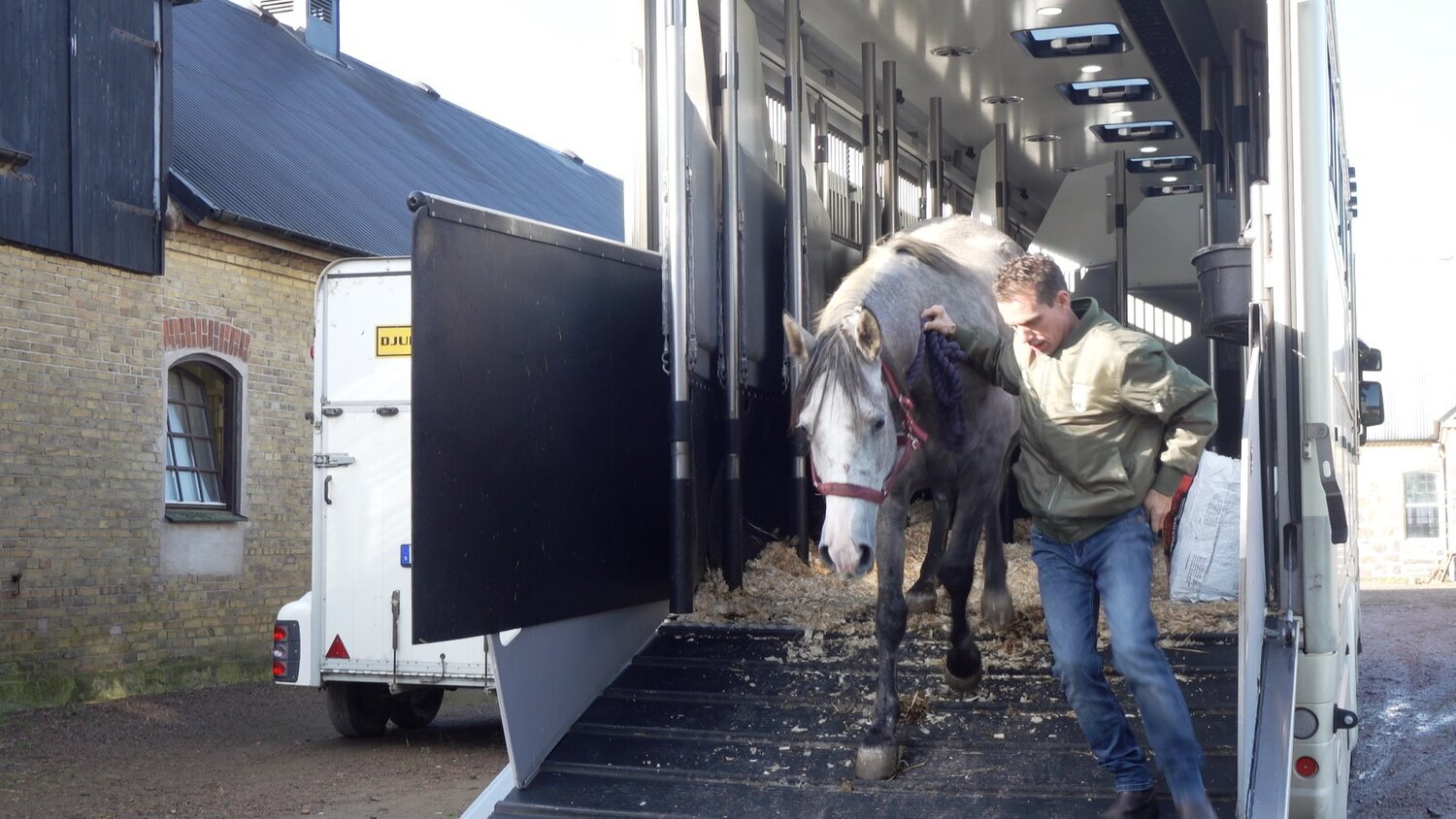How often do you follow up your EA work, especially when you have been a consultant and left the building long ago?
We all know that unexpected things happens, but the question is if this will make huge changes to the plans done in Enterprise Architecture.
We are still impacted of Covid-19 limitations in societety and we will probably have a new normal in the future. Our EA didn’t foresee this comming, but we said from the start that we should be working remote and not to be forced to sit in the same office. ✅
This year in Sweden, there have been much more public discussions about working conditions on set. We didn’t see this curvball either, but we early recognized that in Sweden, this a sector where the planning for productions is subpar and contract management is really poor. This is why we said that these areas are important to focus on ✅
Our plans for making three movies with theatrical release in three years is not on track and may party need to be revisited. With near 1 1/2 year of lock down, theatrical releases are not mandatory, not even for Disney. The big question is if today’s requirements of two theatrical releases are needed as proof that you are an established film maker. But we still plan to premiere “Att vinna ett Kex” and ‘Saving Mimosa” on the big screen and I’m writing a manuscript for a third feature, “Lost and Found”, that hopefully can be shot next summer. ⚠️
We have also been working to implement new tools to our workflow in both pre-production and post-production according to plans. As we are dependent on cloud providers to offer services, this time plan is very much limited on external parties and their release schedules. ✅
We got a small profit last year and we think we do the same for 2021. Expecting higher revenues and profits next year (2022) when productions are back to more normal. ⚠️
KPI’s for GDPR and risk management are not yet started as I been focusing on recovering from my ridning accident last year. ❌
Over all, high-level architecture and principles are still valid for film production.


